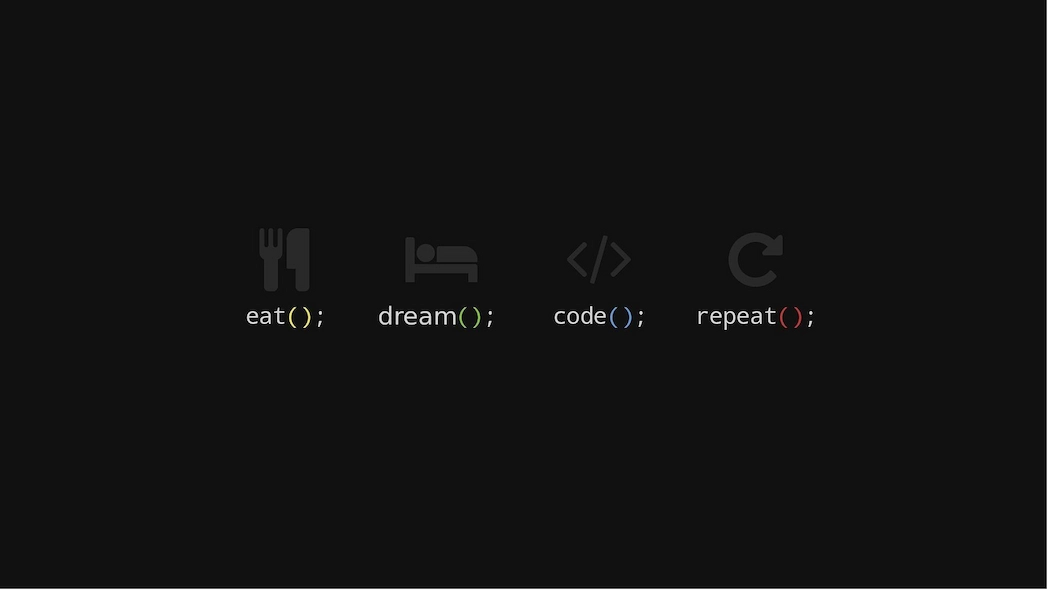


A virtual server, also known as a Virtual Private Server (VPS), is a virtual instance of a physical server that utilizes resources such as CPU, RAM, storage space, and networking capabilities. A single physical server can host multiple virtual servers, each running independently and in isolation.
This virtualization technology allows multiple virtual servers to operate on a single piece of hardware, with each server functioning like a standalone machine. Each VPS can have its own operating system and can be individually configured and managed as if it were a dedicated machine.
Virtual servers are often used to efficiently utilize resources, reduce costs, and provide greater flexibility in scaling and managing servers. They are popular among web hosting services, developers, and businesses requiring a flexible and scalable infrastructure.
Elastic Compute Cloud (EC2) is a core service provided by Amazon Web Services (AWS) that offers scalable computing capacity in the cloud. With EC2, users can create and configure virtual machines (instances) to run various applications, ranging from simple web servers to complex database clusters.
EC2 provides a wide range of instance types with varying CPU, memory, and networking capabilities to suit different workload requirements. These instances can be quickly launched, configured, and scaled, offering the flexibility to increase or decrease resources as needed.
Additionally, EC2 offers features such as security groups for network security, elastic IP addresses for static addressing, load balancers for traffic distribution, and Auto Scaling to automatically adjust the number of instances based on current demand. Overall, EC2 enables businesses to utilize computing resources on-demand in the cloud, facilitating cost optimization and scalability.
Simple Storage Service (S3) is a cloud storage service provided by Amazon Web Services (AWS), allowing users to store and access data in the cloud. S3 offers a scalable, secure, and highly available infrastructure for storing objects such as files, images, videos, and backups.It operates on a bucket structure, where buckets are containers for the stored objects. These objects can be managed and retrieved using a RESTful API or various AWS tools and SDKs. S3 also provides features such as versioning, encryption, access control, and a variety of storage options that can scale based on the use case.
AWS Lambda is a "serverless" service provided by Amazon Web Services (AWS) that allows developers to execute code without managing or provisioning servers. With Lambda, developers can write functions and upload them to run in the cloud on an as-needed basis without managing infrastructure.
It operates based on "event triggers" that initiate the code, such as uploading a file to an Amazon S3 bucket or receiving a message in an Amazon Simple Queue Service (SQS) queue. Lambda scales automatically to meet the code's demands, and developers only pay for the actual compute power used, as billing is based on the number of function invocations and their duration.